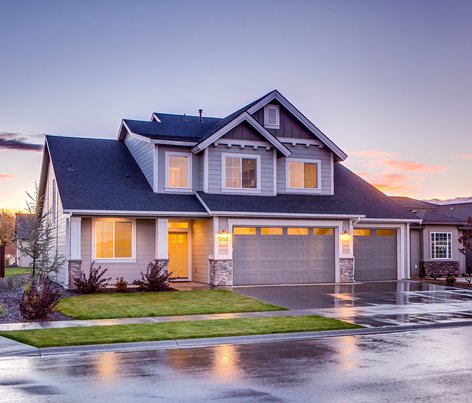Scope of Visual Inspection
The scope of the inspection is limited to visual inspection of the standard components of the home, which the inspector has reasonable access to and is the inspector’s clear line of sight. The purpose of the inspection is to identify major current deficiencies that are visually identifiable at the time of the inspection. The report shall include: grounds, structure, exterior, roofs, plumbing, electrical, interior, and insulation/ventilation; the procedure for their inspection will be conducted in accordance with NZS 4306:2005. New Zealand Standard, Residential Property Inspection.
We also offer an invasive inspection, using digital imaging to inspect spaces behind walls. We are the innovators and developers of this type of inspection. This was brought to the market by us to allow for more in-depth reporting.
If you have contracted us to prepare an invasive inspection report, this comprises a visual inspection (as set out above) together with cutting holes in the interior lining in specific areas, and using digital imaging to inspect the areas behind the internal linings. The invasive inspection is limited to the specific areas only that have been invasively accessed and visually documented and commented on in the body of the report.

